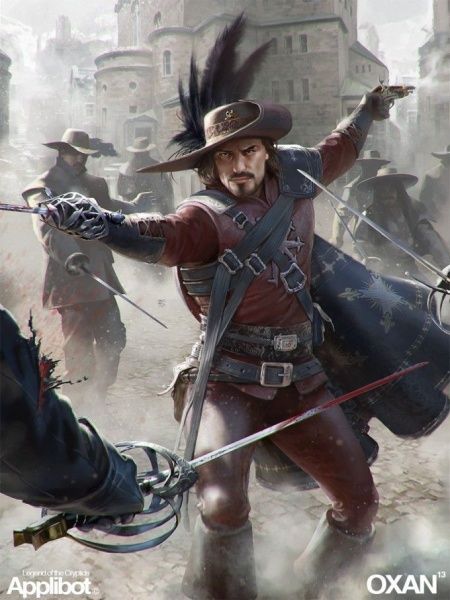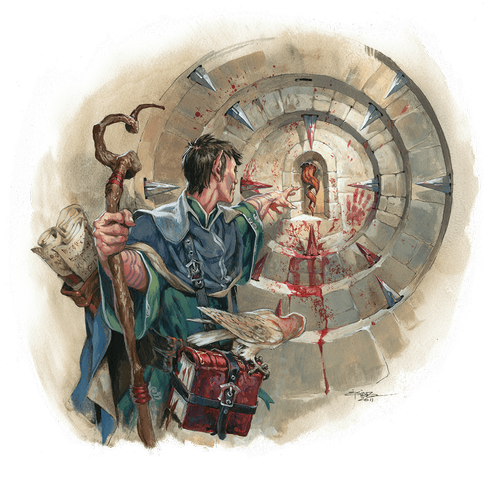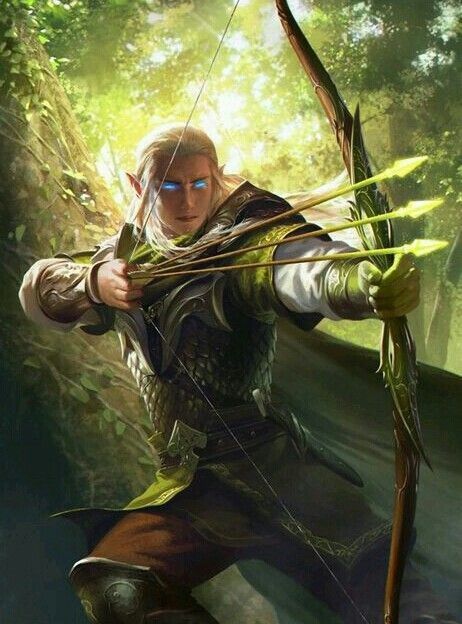D&D 5e: Flex Your Prowess With The Athlete Feat
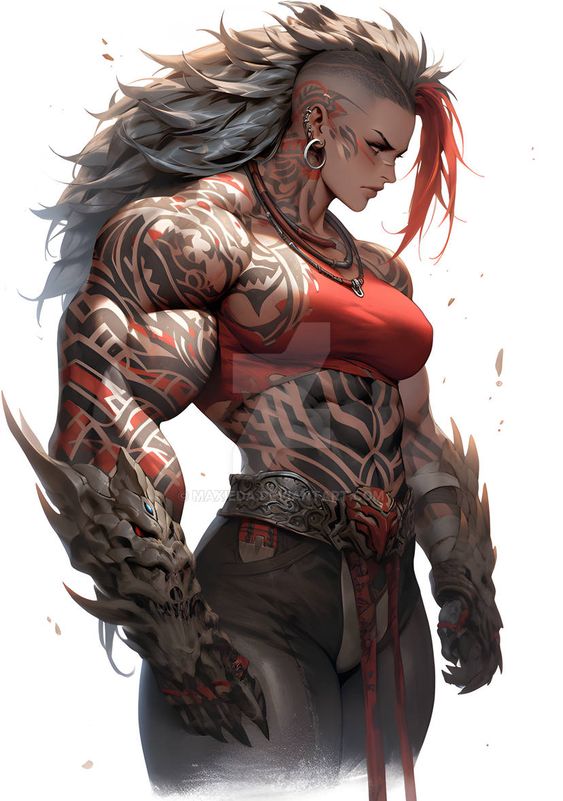
D&D 5e: Flex Your Prowess With The Athlete Feat
SOURCE: Player’s Handbook
Rating the Benefits of Athlete
Benefit #1 –
Increase Strength or Dexterity by 1, to a maximum of 20
This feature allows high-risk, high-reward damage dealing, particularly potent when the odds of hitting are high, but risky if a hit is crucial.
Benefit #2 –
Standing up from prone costs 5ft of movement, instead of half
This feature sustains offensive momentum, especially useful in battles with numerous weaker enemies, but may not trigger often against single, tougher foes.
Benefit #3 –
Climbing doesn’t cost extra movement
This feature allows high-risk, high-reward damage dealing, particularly potent when the odds of hitting are high, but risky if a hit is crucial.
Benefit #4 –
Taking a running long jump only needs 5ft of movement
This feature allows high-risk, high-reward damage dealing, particularly potent when the odds of hitting are high, but risky if a hit is crucial.
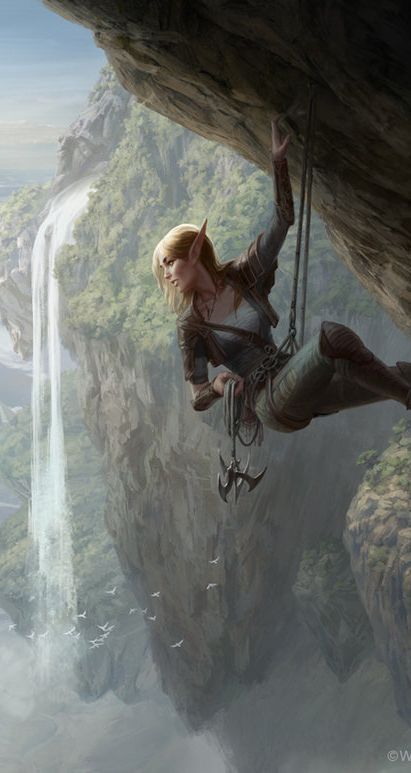
Mechanics and Requirements
Understanding How Athlete Functions
+1 to Strength or Dexterity
Half an ASI is a benefit that’s offered by many feats. It’s a good general bonus and means that the rest of the features on offer are considered the equivalent of half a feat, instead of a full feat.
Strength and Dexterity are also great stats to choose from. Every combat class is going to boost either Strength or Dex, as these are the stats that dictate weapon effectiveness and damage.
Any class that doesn’t swing a sword or fire a bow can find a lot of use in a Dex boost, which increases AC, Initiative, and a whole bunch of useful skills.
5ft to stand from prone
Being knocked prone in 5e does several things:
- While prone, all of a character’s attacks are made with disadvantage
- Melee attacks against a prone character have advantage
- Ranged attacks against a prone character have disadvantage
- Moving while prone costs double
- Standing from prone costs half a character’s movement
For characters reliant on making attack rolls, prone is a heavy debuff, and any character facing down one or more strong melee attackers doesn’t want to get knocked down.
Still, despite its power, removing the prone condition is incredibly painless; half your speed is such a minor cost, especially considering there’s no skill check or triggering of opportunity attacks.
So while only needing 5ft to stand from prone is nice, in many campaigns a character isn’t going to be knocked down enough to justify picking up a feat for this feature.
Easier climbing
When climbing, a character must spend 2ft for every 1ft they move. Essentially, all distances a character can move in their turn are cut in half.
The Athlete feat removes this penalty. A character with the feat can climb at their full, normal speed. It gives them a climb speed equivalent to their movement. That can add mobility for a player who regularly throws themselves around the environment.
It’s worth mentioning that this feature does not stop a character from having to take Athletics checks when climbing difficult or slippery surfaces. You’ll need something equivalent to the Spider Climb spell for that.
Shorter run-ups when jumping
The rules for jumping rely on a character’s strength and cut the total distance jumped in half if they don’t have a 10ft run-up beforehand. But having the Athlete feat turns that into only requiring a 5ft run-up.
This feature is so rarely used that it’s almost pointless. In what situations is a party going to have a 5ft run-up, but somehow not have 10ft of space for the longer option?
In what situations past level 3 is a party not going to have someone who can clear that space through other means, generally through magic?
This feature is awful.
The Problem With Athlete
Everything that the Athlete feat offers seems nice, in a vacuum. The issue is that you’re taking this feat in a world where heroes can twist reality and throw around building-destroying blasts of magical power.
The real problem here is that everything the Athlete feat offers can be done, and done better, by spells or class abilities.
Standing up from prone is generally not an issue. If it is, a character is better off increasing their Athletics skill to prevent being knocked prone in the first place, or taking one of the feats or abilities that prevent it from happening.
Climbing doesn’t come up often, and when it does, a climb speed or the Spider Climb spell, (or, realistically, flight and teleportation) are far more efficient.
Taking long jumps isn’t commonly done in most campaigns, and if it comes up in any meaningful manner past around level 4-5, your party is either forcing themselves to play low fantasy no magic, or your GM is doing this on purpose.
Key Stats
The Athlete feat offers half an ASI in either Strength or Dexterity.
Most characters will probably lean towards increasing Strength, as Strength dictates a character’s Athletics skill bonus, which controls climbing, jumping, and preventing being knocked prone.
Ideal Characters for Athlete
Top Classes
Rogue – The Rogue is seemingly built to sprint around city streets, performing rooftop parkour like they were wearing a floppy white robe and hood.
The Athlete feat lets the class do all that so much better. The climb speed and jump bonuses might actually see use on a class that’s constantly moving, and 5ft to stand up from prone is also great on a class that traditionally has higher Dex than Str, so might fail Athletics checks more than not.
Fighter – Fighters tend to have high physical stats, like to get into the thick of combat, and don’t often have many of the magical movement abilities that other classes gain access to.
While Athlete isn’t the best feat for most fighters, as it does nothing for actual combat prowess, a Fighter who has their core feats locked down might consider picking this up for the suite of subsidiary benefits.
Monk – Monks can make use of both stats, though most will choose to boost Dexterity. Increasing mobility and the ability to climb are both excellent for the class, especially when it takes a point of Ki to double jump distance for a turn.
Race or Subrace Choices
Goliath – Proficiency in Athletics, plus bonuses to lifting and carrying, synergize perfectly with the benefits of the Athlete feat, especially for grappling builds.
Tabaxi – A climb speed, plus the ability to double your speed essentially once per encounter. These add together to let a tabaxi character climb a 120 foot vertical wall in 6 seconds flat, which is honestly pretty special.
Earth Genasi – Combining the free climbing movement from Athlete and the Earth Genasi’s ability to ignore difficult terrain when on the floor results in a character that can always move their full speed, no matter which direction they’re going. Darkvision plus some spells are nice perks, too.
Combos, Tactics, and Synergies
Complementary Feats
Skill Expert – Gain proficiency in Athletics if somehow you don’t already have it, then gain Expertise to double your skill bonus.
Tavern Brawler – For grappling builds. Grappling as a bonus action is big, and frees up a character’s actual action to push an enemy prone. If they bring you down with them, standing is much easier.
Spells that Synergize
Enhance Ability – Advantage on Strength checks, including the Athletics skill, plus a flexible set of bonuses that can be spread amongst the party.
Expeditious Retreat – Dash as a bonus action, doubling movement speed for up to 10 minutes, while still being able to use actions in combat.
Haste – As well as boosting combat effectiveness and AC, Haste also doubles a creature’s speed for the duration
Strategies for Maximizing Athletic Effectiveness
Pushing the climb speed
A character’s speed when climbing is equivalent to their base movement speed. So increasing speed increases the distance a character can climb in their turn.
- The Barbarian class gains a 10ft permanent bonus to their movement speed at level 5
- The Monk class also gains a permanent bonus to their movement speed, up to +30ft by 18th level
- The Rogue’s Cunning Action feature lets the class Dash as a bonus action
- The Ranger can take an optional feature at level 6 that increases their speed by 5ft, as well as a climb and swim speed
- The Wood Elf race has a base 35ft movement speed
- The Longstrider spell adds 10ft to a character’s movement for an hour
- The Mobile feat permanently adds 10ft to a character’s speed
Using the Prone condition to its maximum potential
In certain situations, being prone is actually an advantage.
The biggest draw is the fact that it forces disadvantage on all ranged attacks against you. And it’s also worth pointing out that a character can drop prone for free at any point in their turn.
This allows a character to take their full turn, then drop prone at the end of it. This is particularly useful for ranged attackers and spellcasters, who want to throw out all of their damage and can then safely drop to the floor, protected against return fire.
Then, when their turn rolls around again, a character with this feat can pop up onto their feet for only 5ft of movement, and scurry to their next firing position. Which is possibly also up a tree, considering they can climb at full speed, too!
Final Thoughts on Athlete
If the Athlete feat were competing in a major sporting event, like the Olympics, it would be described in a certain way.
You’d say it had spirit. That its heart was in the right place. That it tried its best.
But unfortunately, despite giving everything it has, The Athlete feat is still a loser. It’s just not a very good feat. The features list is long, but none of them stand out or justify the opportunity cost.
Overall, unless you’re building something awfully specific, Athlete is specifically awful. There are just so many better ways of achieving everything this feat can do. Sad, but true.


